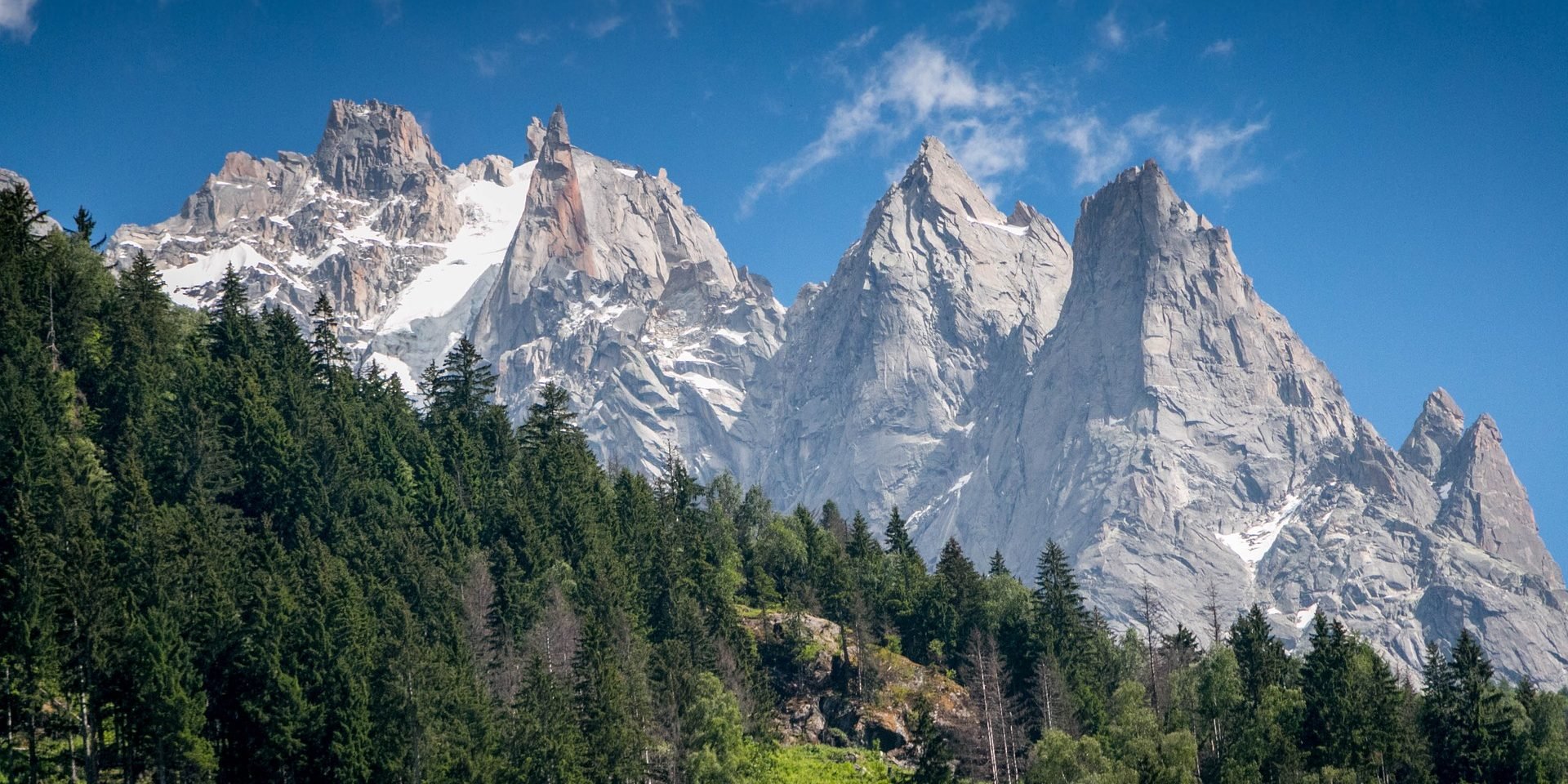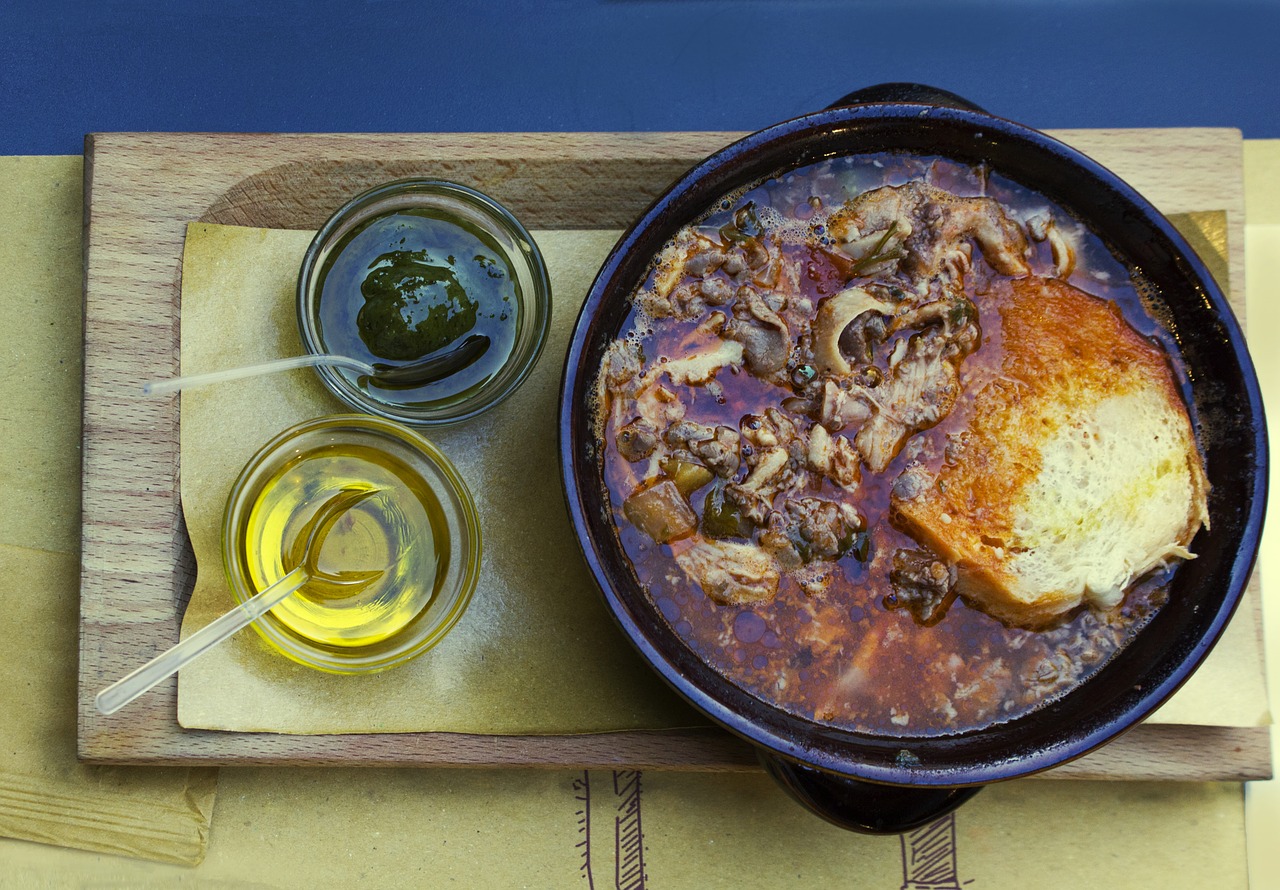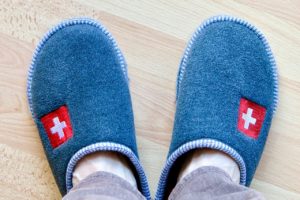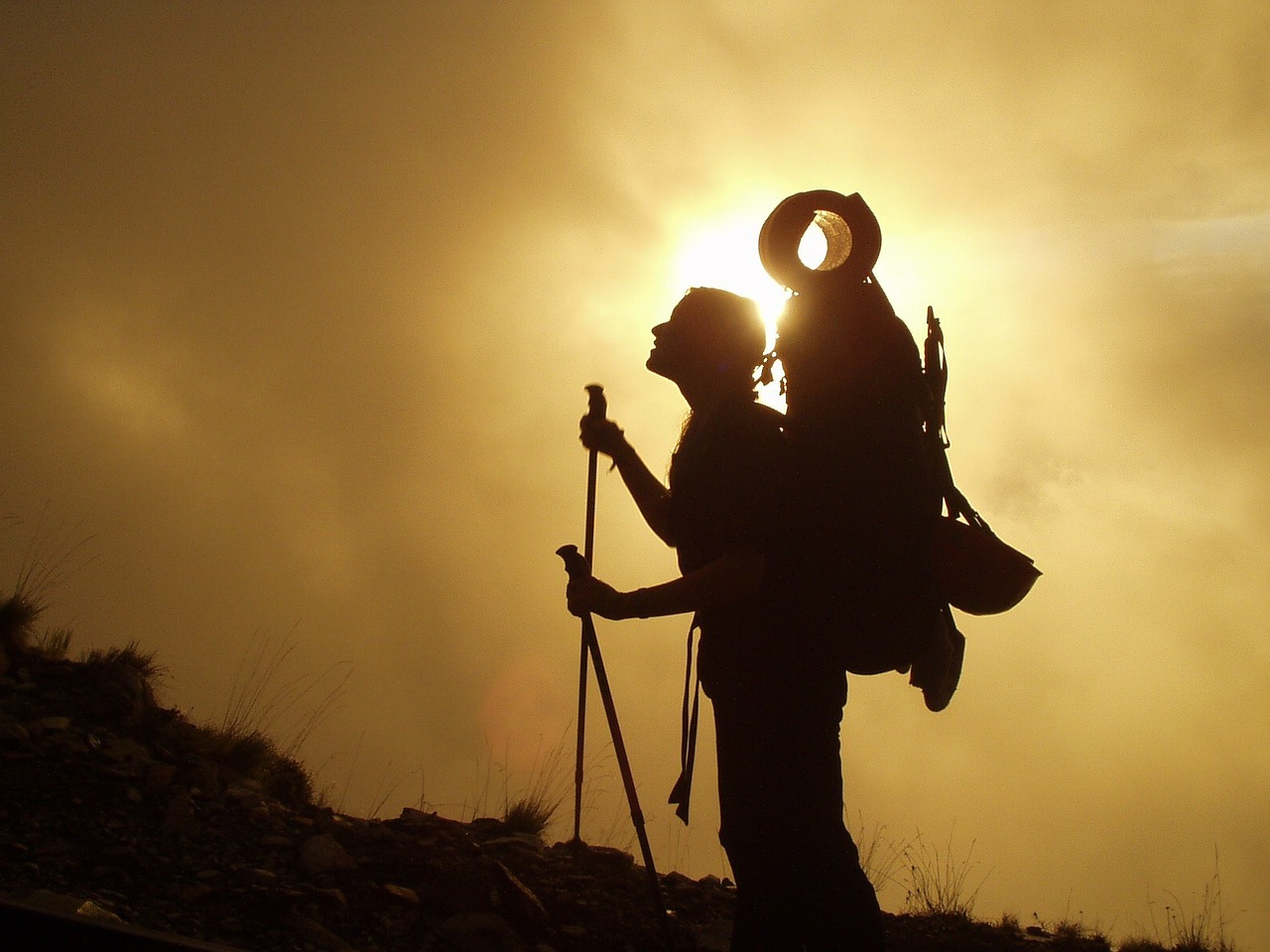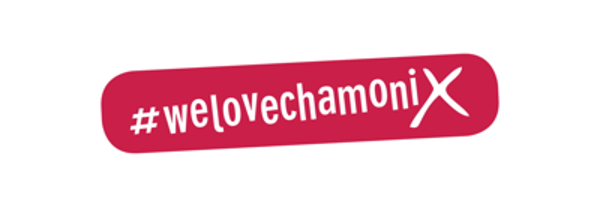Welcome back! We’ve been through the most common route of the tour du mont blanc, heading counter clockwise from les houches but what about the practicalities along the way.
If you missed out on our route guide visit see part one here.
Where to stay along the Tour du Mont Blanc
As you can see on the above map, the accommodation options we highlighted in our previous blog are not your only choice and you can design your own experience based on any number of these sites along the way. When you book, remember that refuges and mountain huts are usually made up of “doirtoirs” or dorm rooms, and vary in comfort and quality; all however, are well known for the amazing calorie loaded comfort food on offer. Some gites and auberges along the way may provide private rooms with ensuite facilities, and at some stages you may even choose to opt for a hotel especially when passing through Les Houches, Les Contamines, Courmayeur and Champex.
Your meals
Food to stay the distance is the unspoken rule. The tour du Mont Blanc is one of the most epicurean “indulgent” treks there is. Food packed with the calorie power to carry you the distance to your next meal, but also food that must stay the distance for isolated refuge guardian’s managing their seasonal larders.
Many hikers opt for the “demi-pension” or half-board, which means your bed for the night comes with dinner when you arrive in the evening and breakfast the next day. The refuges also offer packed lunches to-go “pique-nique”, while practical they don’t quite meet the standard of the 3 course dinner meals. Alternatively, plan to stop in for some lunch along the route at some of the other refuges or restaurants you pass.
We would recommend you plan this though, ask when booking a refuge if you can order packed lunch or make sure you will make it to somewhere for lunch, its not the sort of route that has corner shops along the way to pick up a sandwich or snacks.
Food staples along the way include; Cheese and potato dishes, soups and stews and ‘pain du refuge’ (a special long-lasting bread). Sausages will also dominate your plate in Switzerland as dinner meal meat, and throughout France and Italy “sec” or dried meat as an appetizer or snack known as saucisson.
In recent years vegetarian and gluten-free options have grown in popularity at the refuge sites and can be found, or adapted to, in most menus. Vegan dishes however are more difficult to come by (due to the cheese being genuinely everywhere). Special food requirements should be requested when you make your booking, preferable well in advance.
When should you do the Tour du Mont Blanc?
The standard season for taking on the route is June to September. This short season is imposed by unpredictable weather: into late June there is still the chance of late-Spring snow flurries, mainly across the higher passes, the weather also risks to deteriorate into late September.
When organising your hike be weary that the peak time however is from mid-July to the end of August. Most refuges will be filled to capacity during this time, so you should look to book early, especially if you are hoping to have private or smaller rooms (of 4 – 7 people) which are calmer, with more privacy than the large dorm rooms.
We suggest you avoid the last week in August when the Ultra Trail du Mont Blanc takes place, filling the route with thousands of extra people in a race against the conditions and the clock. While exciting to see the flock going by (and by, and by) it may be a hindrance to your tranquillity.
What should you pack for the Tour du Mont Blanc?
Many helpful blogs, including monkeys and mountains and pygmy elephant, will outline what you should and shouldn’t take for your hike.
However some important things you may not have considered are:
Passport (and visa documents)
France, Italy and Switzerland all belong to the Schengen Zone of the EU, which feature relatively open borders between them. It is however a legal requirement to carry your passport and if you are from a country which requires a visa to visit the EU you should have a photocopy of some proof of your visa with your passport. It is also recommended you have a small print out of travel insurance details and emergency contacts with these documents.
Euros and Swiss Francs – Especially some small change
Most of the huts will only accept cash along the way and may have added extras such as shower access that require payment in coins.
Hut shoes
It goes without saying that once you stop walking the first thing you will do is take off your stinking boots…but what will you put on? Some huts will offer you slippers however it is best and most hygienic to have your own light weight pair on hand.
Blister packs
Make sure these are part of your first aid kit as they could play a key role in your comfort.
Ear plugs!
No explanation required….
Swiss plug adapter (and/or rechargeable battery pack)
In some of the swiss huts the plug will be too small to accept the standard European plug and a two-pronged skinny diamond shaped adapter will be required to extend fatter circular plugs. It’s worth noting that these smaller Swiss plugs usually fit in most European plugs so simply using one of these with your assortment of USB cables may be the solution for you. At the huts and refuges all the convenient plugs are usually taken, so expect to be charging your equipment (phone or camera) out of view. If this makes you uncomfortable invest in a rechargeable battery pack that you can leave charging, which will later serve to charge your equipment (for example while you sleep or even hike).
Snacks
Trail mix, candy, chocolate; whatever keeps you going should be kept at hand! You may be able to stock up in Courmayeur and again in Trient but many of the buvettes and smaller villages won’t have much to sell and may not have opening hours that work to your schedule. However, when it comes to lunch the distance between huts is rarely more than 10kms, so there is never the need to carry a full day’s ration with you (and as mentioned you can also pre-order a takeaway lunch “pique-nique” if you prefer to eat on the go).
Bag drops
If you have concerns about your comfort and fitness, firstly…start training! Secondly, consider booking a “bag drop” service like the bespoke on one that CVT Chamonix offers for its clients.
Steve from CVT says; “many clients have different places of stay around the Tour du Mont Blanc. However, our service can be adapted to clients specific needs for luggage transportation”
It’s best to be travelling in a group as the price is estimated per van; The approximate price of 600Euros is applied to the transportation of between 1 piece to 12 pieces of luggage across 6 days and 6 meeting points. (Contamines, Chapieux, Courmayeur, Champex, Trient, Chamonix)
The advantage of using a bag drop means that you can pack a fairly large bag with changes of clothes that means you have something dry to change into when you reach your destinations, without having to worry about the extra weight when packing. Please note though that you will still need to carry a day pack with food, water, first aid kit and waterproofs and for some stops that the vans just can’t get to so this option doesn’t mean you get to go bag free!
Advice from our staff
As per the pictures provided in 2017 our Resort shot manager Milly took on the Tour du Mont Blanc. Here is her candid advice for you:
I would say definitely take advantage of the half board in the refuges because the food is great! Cheap wine too 😊
Also make sure you definitely pack water proof clothing, jackets and trousers for rain because you can get caught in a storm it happened to us and we were so thankful for our waterproof gear. Pack for hot weather too as when the sun shines it gets really hot hiking up hill. Also make sure you buy the TMB book as well as a map, as we didn’t and in Italy the TMB signs are not very obvious and we got lost!
There are also options to take guided tours around if you feel uneasy about taking on the expedition yourself, but please be aware, it doesn’t make the tour any easier it just takes away the risk of getting lost!
Whatever route you take or how you travel along it make sure you look around and soak up the most amazing scenery that surrounds the whole route.

